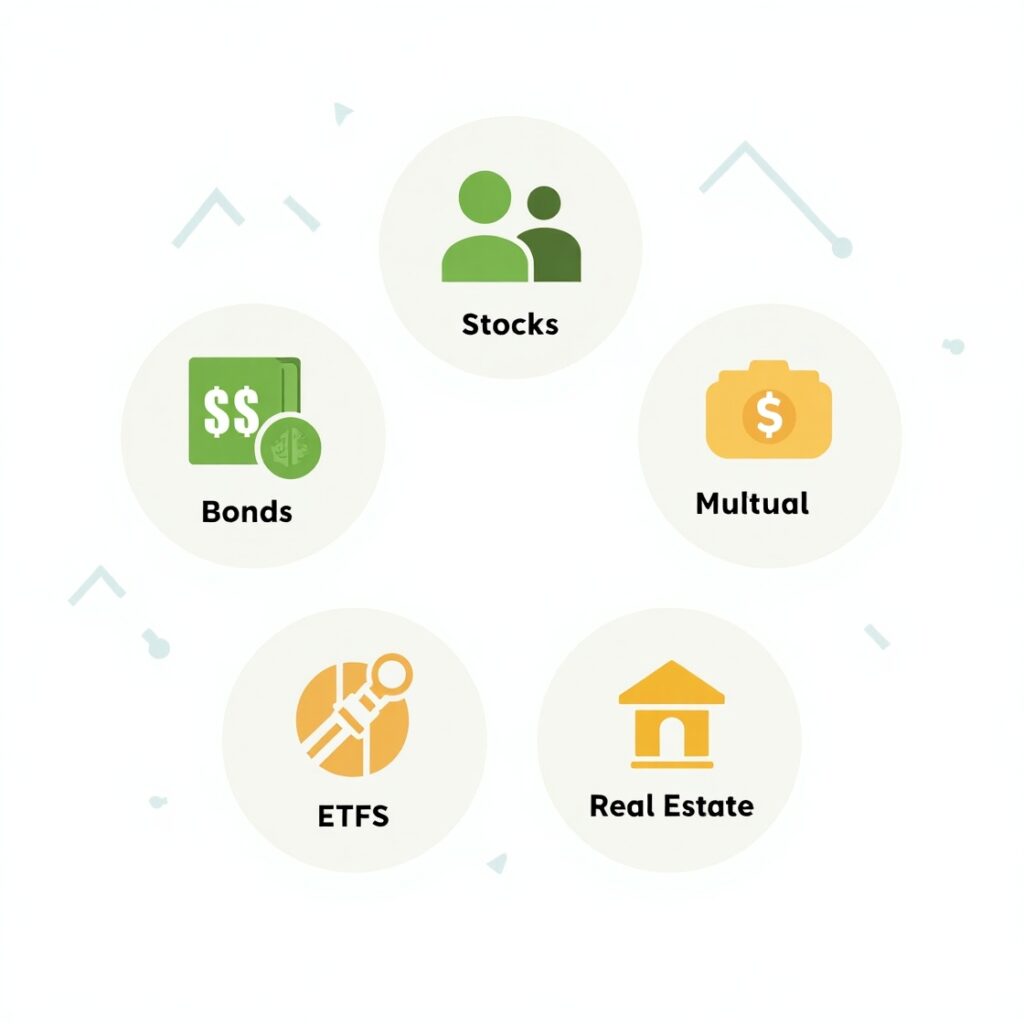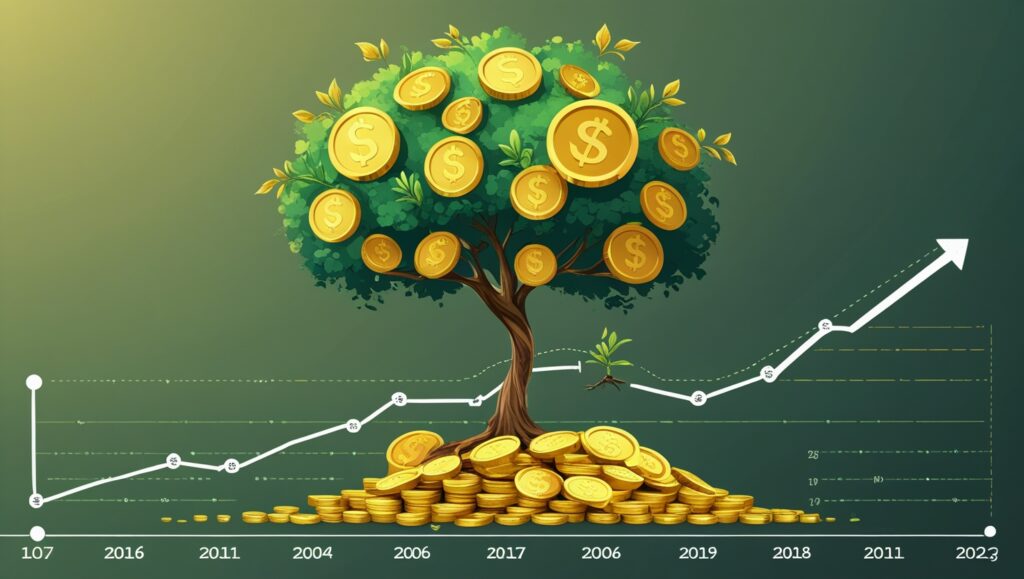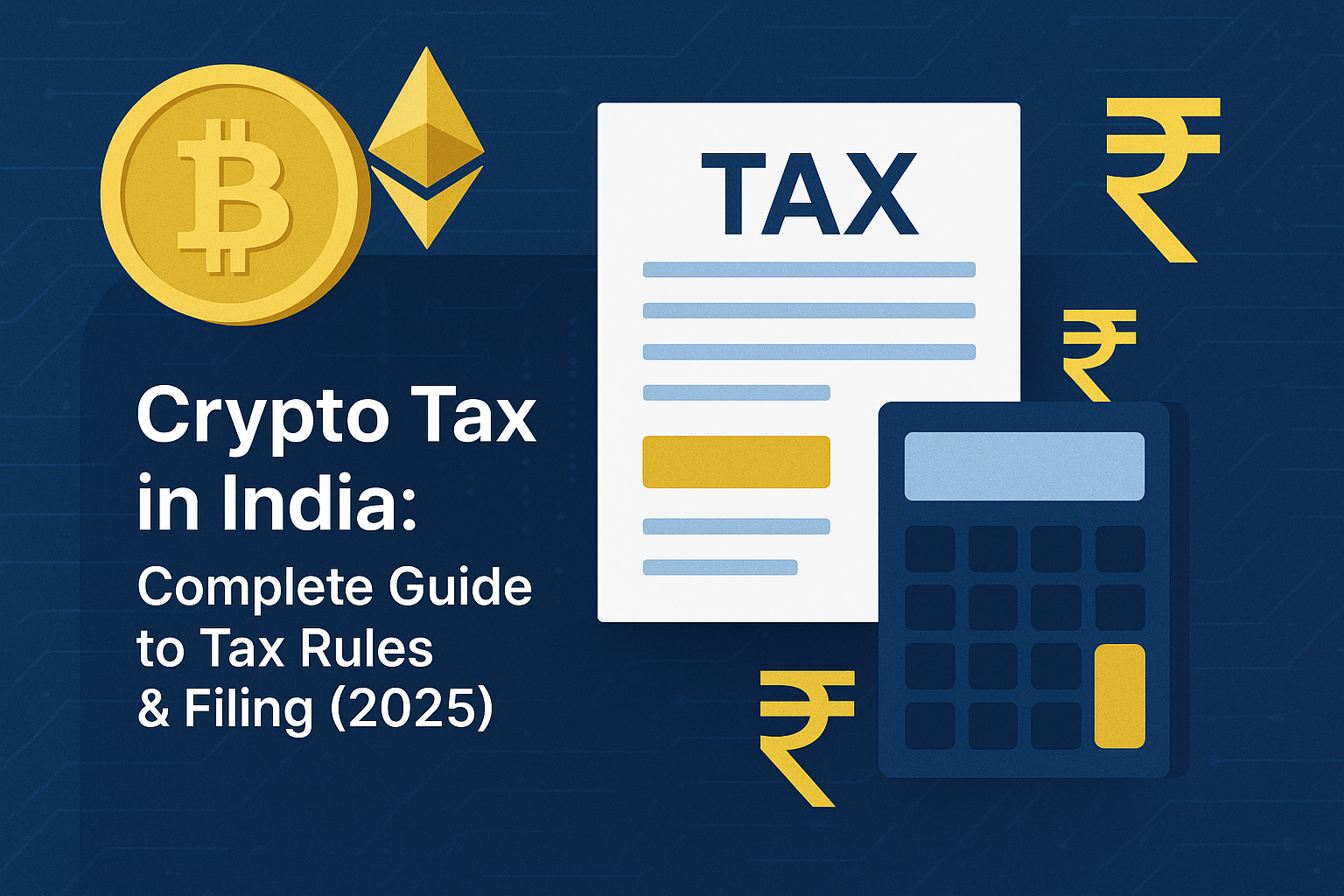
Introduction to Investing
Investing is one of the most powerful ways to build wealth over time, but for beginners, it can feel overwhelming. With terms like stocks, bonds, and mutual funds floating around, where do you start? This comprehensive guide, “Investing 101: What Beginners Need to Know,” is designed to demystify the world of investing. Whether you’re saving for retirement, a home, or financial freedom, understanding the basics is the first step to making informed decisions. In this article, we’ll break down key concepts, explore different investment types, and provide practical tips to help you start your investing journey with confidence.
1. What Is Investing and Why Does It Matter?
At its core, investing is the act of putting money into assets with the expectation that they will generate returns over time. Unlike saving, which involves storing money in a low-risk, low-return account like a savings account, investing aims to grow your wealth by leveraging the power of compounding and market growth. The earlier you start, the more time your money has to grow.
Investing matters because it helps you:
- Beat Inflation: Over time, inflation erodes the purchasing power of money. Investing in assets like stocks or real estate can outpace inflation.
- Build Wealth: Investments can generate passive income or capital gains, helping you achieve long-term financial goals.
- Secure Your Future: Retirement accounts and other investments ensure you’re prepared for life’s later stages.
However, investing comes with risks. The value of your investments can fluctuate, and there’s no guarantee of profit. The key is to understand your risk tolerance and make informed choices.
2. Understanding Key Investment Types
Before diving into investing, you need to know the main types of investment vehicles. Here’s a breakdown of the most common options for beginners:
Stocks
Stocks represent ownership in a company. When you buy a stock, you own a small piece of that business. Stocks can offer high returns but are volatile, meaning their value can fluctuate significantly.
Bonds
Bonds are loans you make to a government or corporation in exchange for interest payments. They’re generally safer than stocks but offer lower returns.

Mutual Funds
Mutual funds pool money from multiple investors to buy a diversified portfolio of stocks, bonds, or other assets. They’re a great option for beginners because they reduce risk through diversification.
Exchange-Traded Funds (ETFs)
ETFs are similar to mutual funds but trade like stocks on an exchange. They often have lower fees and are a popular choice for cost-conscious investors.
Real Estate
Investing in property, either directly or through Real Estate Investment Trusts (REITs), can provide income through rent or appreciation. Real estate requires more capital but can be a stable long-term investment.
Retirement Accounts
Accounts like 401(k)s or IRAs offer tax advantages for long-term savings. They often include a mix of stocks, bonds, and funds tailored to your retirement goals.
3. How to Start Investing: A Step-by-Step Guide
Ready to start investing? Follow these steps to begin your journey:
- Set Clear Goals: Are you investing for retirement, a house, or a child’s education? Your goals will determine your investment strategy and timeline.
- Assess Your Finances: Pay off high-interest debt and build an emergency fund (3–6 months of expenses) before investing.
- Determine Your Risk Tolerance: Are you comfortable with market fluctuations, or do you prefer stability? Younger investors can often take more risks, as they have time to recover from losses.
- Choose a Platform: Open an account with a brokerage (e.g., Fidelity, Vanguard, or Robinhood) or use a robo-advisor for automated investing.
- Start Small: Begin with low-cost, diversified options like ETFs or mutual funds. Many platforms allow you to invest with as little as $100.
- Automate Your Investments: Set up regular contributions to build your portfolio consistently over time.
4. The Power of Compounding
One of the most important concepts in investing is compounding. Compounding occurs when your investment earnings generate additional earnings over time. For example, if you invest $1,000 at a 7% annual return, it could grow to over $7,600 in 30 years without adding more money. The key to maximizing compounding is to start early and stay consistent.
Here’s a simple example:
- Invest $5,000 at age 25 with an average 7% annual return.
- By age 65, without adding more money, it could grow to approximately $38,000.
- Waiting until age 35 to invest the same amount would yield only about $19,000 by age 65.

This demonstrates why time is your greatest asset in investing.
5. Common Investing Mistakes to Avoid
Beginners often make mistakes that can hinder their progress. Here are five to watch out for:
- Chasing Trends: Investing based on hype (e.g., meme stocks or cryptocurrencies) can lead to losses. Focus on fundamentals.
- Ignoring Fees: High fees on mutual funds or trading can eat into returns. Look for low-cost options like index funds.
- Trying to Time the Market: Predicting market highs and lows is nearly impossible. Instead, use dollar-cost averaging to invest regularly.
- Lack of Diversification: Putting all your money in one stock or sector increases risk. Spread investments across asset types.
- Emotional Investing: Panic-selling during market dips or chasing gains can derail your strategy. Stick to your plan.
6. Building a Diversified Portfolio
Diversification is the practice of spreading your investments across different asset classes, industries, and regions to reduce risk. A well-diversified portfolio might include:
- Stocks: A mix of large-cap, mid-cap, and small-cap companies across sectors like technology, healthcare, and consumer goods.
- Bonds: Government or corporate bonds for stability.
- International Investments: Exposure to global markets to hedge against domestic economic downturns.
- Alternative Assets: REITs or commodities for additional diversification.
A simple way to diversify is to invest in an S&P 500 index fund, which tracks the performance of 500 large U.S. companies, providing instant exposure to multiple sectors.

7. Long-Term Investing Strategies
Successful investing requires a long-term mindset. Here are two proven strategies for beginners:
Buy and Hold
This strategy involves purchasing quality investments and holding them for years, regardless of market fluctuations. It’s low-maintenance and leverages compounding.
Dollar-Cost Averaging
Invest a fixed amount regularly (e.g., $100 monthly) regardless of market conditions. This reduces the risk of buying at a market peak and smooths out volatility.

Both strategies emphasize patience and discipline, key traits of successful investors.
Conclusion
Investing may seem daunting, but with the right knowledge, anyone can start building wealth. By understanding the basics, setting clear goals, and avoiding common pitfalls, you can create a solid foundation for financial success. Start small, stay consistent, and let time and compounding work their magic. As you gain experience, you can explore more advanced strategies and asset types. The most important step is to begin—your future self will thank you.
Call to Action: Ready to start investing? Open a brokerage account today, research low-cost index funds, and commit to investing a small amount each month. Share your investing journey in the comments below, and let’s build wealth together!



































